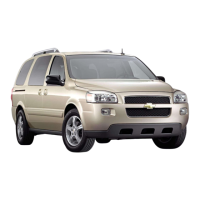
Do you have a question about the Chevrolet 2008 Uplander and is the answer not in the manual?
| Brand | Chevrolet |
|---|---|
| Model | 2008 Uplander |
| Category | Automobile |
| Language | English |
Adjusting manual, power, and heated front seats for driver and passenger comfort and positioning.
Operation, adjustment, removal, and installation of rear seating configurations like bucket and captain chairs.
Proper use, importance, and types of safety belts, including lap-shoulder belts and pregnancy use.
Types, installation, and proper use of child restraints and booster seats.
Information on frontal, side-impact, and captain's chair airbags, their operation, and safety precautions.
Periodic checks of safety belt and child restraint system components for proper working order.
Using the key for ignition and door locks, and information on the PASS-Key III theft system.
How to lock/unlock doors using keys, power locks, remote entry, and security features.
Operation of power windows, including express-down and rear quarter windows.
Information on alarm systems, arming/disarming procedures, and PASS-Key III.
Procedures for starting the engine, ignition positions, and break-in period.
Adjusting manual and power rearview mirrors for visibility and safety.
Operation and limitations of the Ultrasonic Rear Parking Assist (URPA) system.
Overview of OnStar services, safety features, and contact information.
Programming the system to activate garage door openers and other devices.
Locations and usage of various storage compartments like glove box and consoles.
Identification of main components and their locations on the instrument panel.
Explanation of warning lights, gages, and indicators that signal vehicle status or problems.
Operation, displays, and customization features of the DIC for vehicle information.
Features and operation of the vehicle's radio, CD, MP3, and XM systems.
General advice on defensive driving, road conditions, and vehicle control.
Guidelines for towing vehicles, including dinghy towing, dolly towing, and trailer towing.
Information on genuine GM parts, accessories, and modifications, plus California warnings.
Recommended fuel types, octane ratings, specifications, and additives.
Visual checks of engine compartment components, fluids, and safety precautions.
Tire maintenance, including inspection, pressure, wear, and types.
Tips for interior and exterior cleaning, detailing, and protecting the vehicle's finish.
Information on fuses, circuit breakers, power options, and add-on electrical equipment.
Importance of proper maintenance for vehicle performance, safety, and environment.
Necessity of following scheduled maintenance for vehicle condition and warranty.
Details on Maintenance I and II services, and when to perform them based on the CHANGE OIL SOON message.
Specific services required at various mileage intervals, like fuel system inspection and air filter replacement.
Recommended checks and services that owners can perform, categorized by frequency.
List of specified fluids and lubricants for engine oil, coolant, and brake systems.
Overview of customer assistance resources and procedures for resolving concerns.
How to report safety defects to government agencies and General Motors.
How to order service manuals and technical bulletins.
Information on sophisticated computers, event data recorders (EDRs), and data privacy.
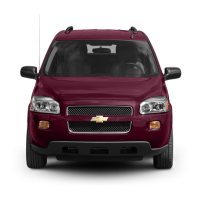
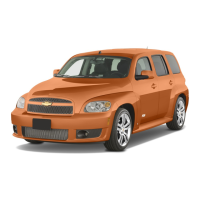
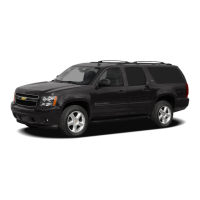
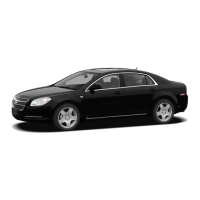
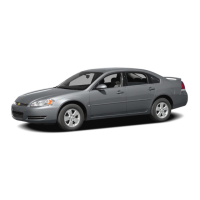
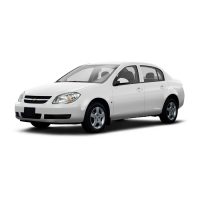

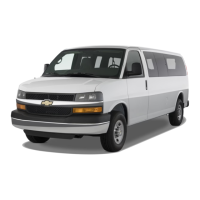
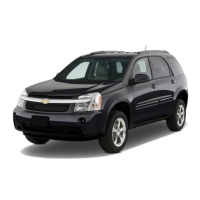
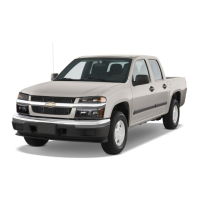
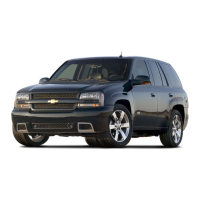
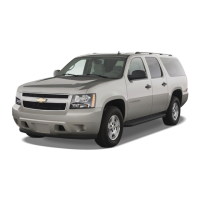
